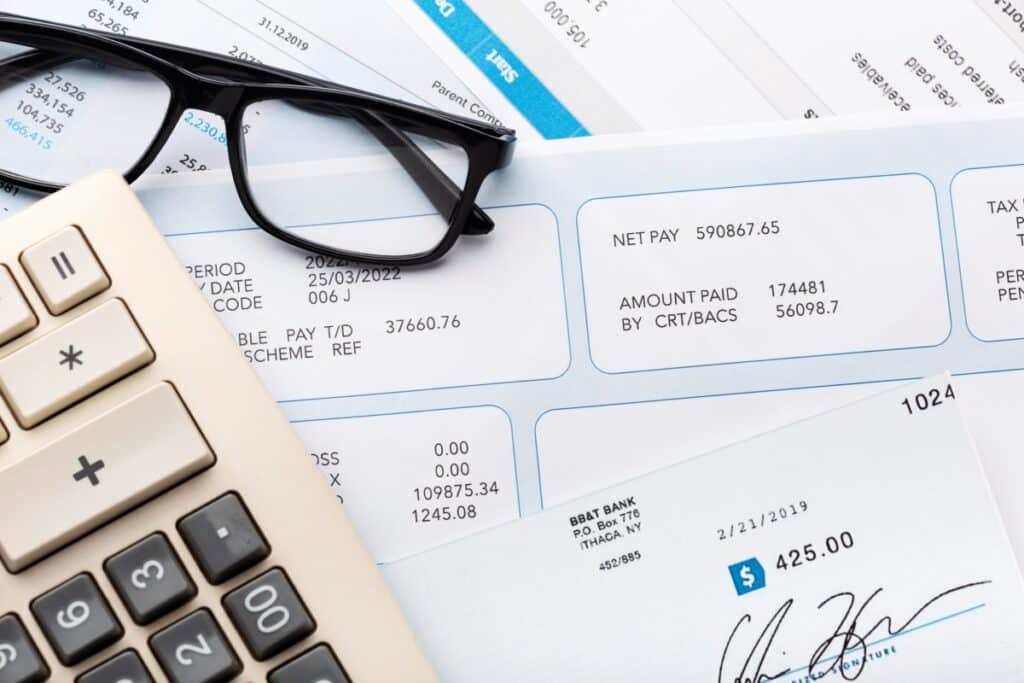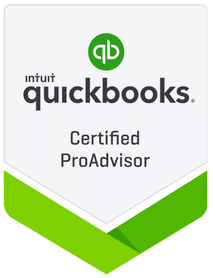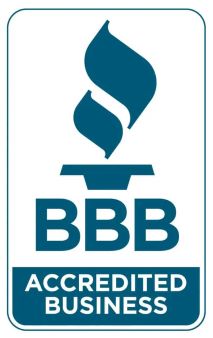- Patrick Roney
- (877) 503-8607
Follow Us :
Follow Us :
Proledge
April 1, 2025
It’s that time again! The tax season is slowly but surely coming to an end and that means you can’t postpone it anymore. You’ve got to figure it out. We know tax season is a nightmare for most people out there. That’s why we’re here! To help you, aid you, and assist you in the process of doing your taxes. Today we’re going to talk about bank reconciliation and everything there is to know about it. We’ll see how to reconcile a bank account and we’re going to take a step-by-step approach to it so that, by the end of the article, you will have it all figured out! And if not, we’re here to help.

We’ll start slow and easy. The first item on the list is defining bank reconciliation. Investopedia defines it as a financial instrument designed to compare the in-book situation of the company to its bank balance. What it means is that you take your accounting record and you examine them against your bank transactions. Why is there a need to compare the two? Because it is important that you catch any discrepancies between the two, so that you avoid the risk of submitting corrupt information.
Here’s what you should know about this instrument:
As you have probably gathered by now, there are a few documents you must have nearby if you’re going to attempt to do your own reconciliation process. The first item you should have is an itemized bank statement outlining all of your transactions. A bookkeeper or an accountant will go through this process every month to keep up with your activity, but you can also do it every few months or once a year when the tax season comes.
However, the less often you do it, the more difficult it will be for you to do it. Not to mention that the chances of error are also multiplied. Here at ProLedge, we know very well how important it is to be consistent and thorough in your activity and documentation, especially when it comes to numbers. So, if you want the expert’s advice, that would be to do it as often as possible and to check your numbers not only once, but twice. You can never be too careful in accounting, especially when it comes to bank reconciliation.
Once you have the bank statement, the next document you should prepare is your cash book, or the accounting software that you use to keep track of your ins and outs.
Now, if you do this monthly, or at least multiple times a year, you should also have previous accounts near your work station, so that you can refer to them when needed.
Here are some tips on how to ensure you’re maximizing your chances of success, while minimizing the chances of errors:
You can contact us anytime if you have questions or encounter a problem with your bookkeeping program.
This is where things start getting serious. We’re going to split this section into five easy steps, so that it can be easy to follow and understand. Take a deep breath, roll up your sleeves and let’s get started!
The opening balance refers to the amount of money existing in your account at the start of an accounting period. If you’re doing this on a monthly basis, then the opening balance would be the beginning of the month. When it comes to checking the bank statement, this should be easy. The starting date is usually listed at the top of the document.
Once you have that, you can check your accounting reports for the corresponding balance. The next thing you have to do is hope that the two match. If they don’t, that indicates an error has been made in the past and, since we’re comparing opening statements now, that means the error was made in the previous reconciliations. You will have to go back and check it all in order to spot the error.
This is the step in which you take each transaction one by one and you compare it with the records in your cash book. The easiest and most fool-proof method is to take the top of the bank statement and, as you check each transaction individually, cross it off the statement to mark it as cleared.
Make sure you check not only the dates, but the amounts and transaction types as well in order to be thorough. There may have been days when you completed multiple transactions and you don’t want to get them mixed up. Once you have this done, take a step back and look over the document. Are there any transactions that do not reflect in your cash book? If yes, don’t panic. At least not yet. This doesn’t’ necessarily mean that you did something wrong, it might be the result of a typo or of a bank error. Simply mark it in a way that signals it needs more investigation.
These are the transactions that appear in one register but not in the other. More often than not, this is the result of timing differences. Outstanding checks are those checks that you paid, but have yet to show up in the bank statement because they haven’t been cleared yet.
Another outstanding item is deposits in transit. They work in a similar way. These are the payments you have already made, but that have yet to reach the bank. If you encounter this, the best thing you can do is to wait for the transaction to clear and, in the meantime, you can check that the amount of deposit in transit matches the one that is recorded on your books.
These are the two most typical outstanding items, but there is a third category that you might encounter, and it goes by “other adjustments”. This one refers to those bank corrections or adjustments that you haven’t marked in your books. Examples include refunds or sudden charges.

Now that you identified what are the possible issues, the only logical step is that you adjust the records. Each of the aforementioned outstanding items requires adjustment. For outstanding checks, you should keep an eye on them and make sure they clear with the next balance. Because they refer to check you have already paid and the delay is on the part of the bank, there’s not much you can do other than simply wait for the check to clear. The same goes for deposits in transit. There is a greater chance that these won’t show up until the following month, so you should make sure it gets cleared then. In what regards the last one, the fees, keep in mind that you might not find them in your books and you should adjust them so that they reflect the bank statement.
You can let go of that breath you’ve been (unconsciously) holding onto for the last few minutes, we’re almost done here. The last step in book reconciliation is to make sure that the final balances meet and, if they do, then congrats! You’re done with your reconciliation! However, chances are that after adjusting, you might need to recalculate the balance.

Bank reconciliation is crucial in order to keep an accurate record of your business activity. This is relevant not only for the financial institutions, but also for your business as well. It provides you with a safe mechanism to quickly catch errors and spot any of the issues that might have come up. This article focused on how to do your own bank reconciliation and, if you’re interested in more “how to” articles, you might want to check out our article on how to do bookkeeping or how to avoid common QuickBooks mistakes. Our blog is the best place to start your research because, if you have any questions or problems, we’re always one click away!


Fill out the form below to sign up to our Blog Newsletter and we’ll drop you a line when new articles come up.

For many business owners, taking care of their business is like taking care of a baby. If you want a successful business, you need to always pay attention to the

Bookkeeping and accounting are words that are used interchangeably by most people. It’s true that both of these are about the financial management of your business, but in different ways.

There are lots of businesses that need to find efficient ways to keep track of their finances nowadays, and if you are a business owner, you have experienced this first-hand.

As we all know, automated means of running your business have started to become very popular recently due to all of the perks that it provides. This is not to

So you’re at that point in developing your small business where you’re looking into accounting solutions. If so, you might have started to wonder what’s the best bookkeeping software for

Welcome to bookkeeping 101, the place where we discover how to do bookkeeping effectively, accurately and easily. If you’ve started your small business already or if you’re on the verge
Bookkeepers.
Professional. Affordable.
ProLedge is a bookkeeping services firm.
Copyright © 2024 All rights reserved.